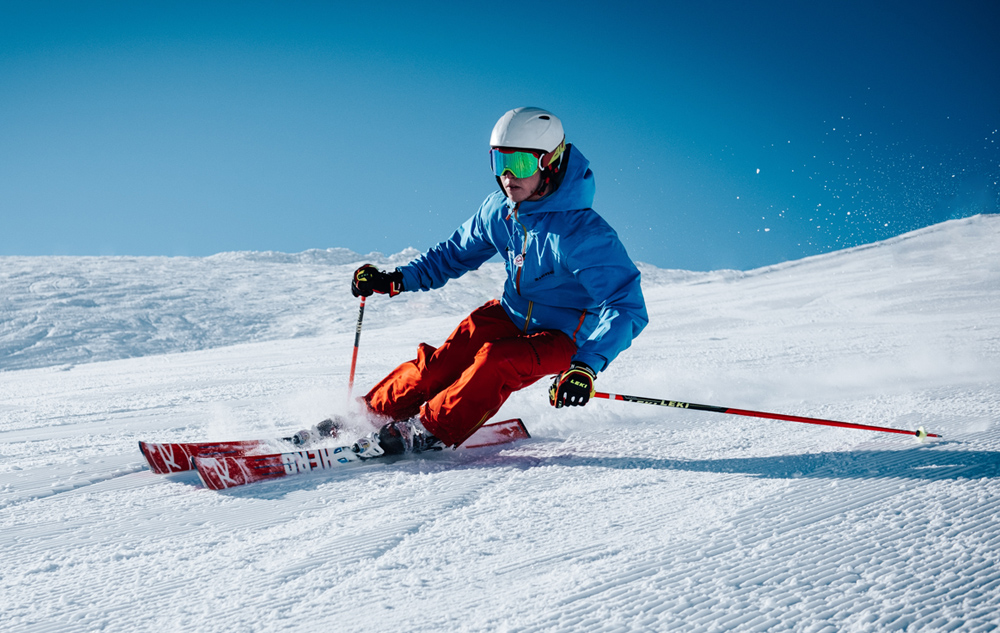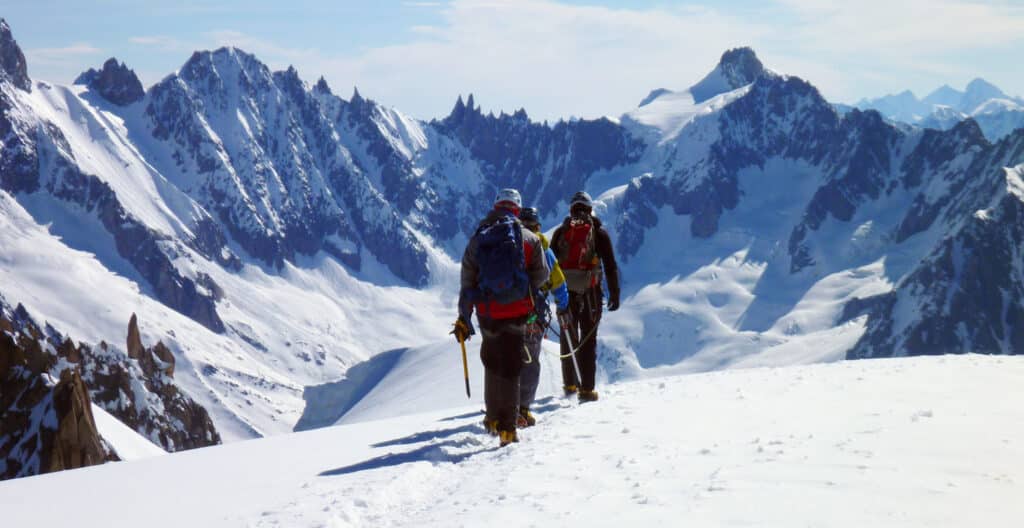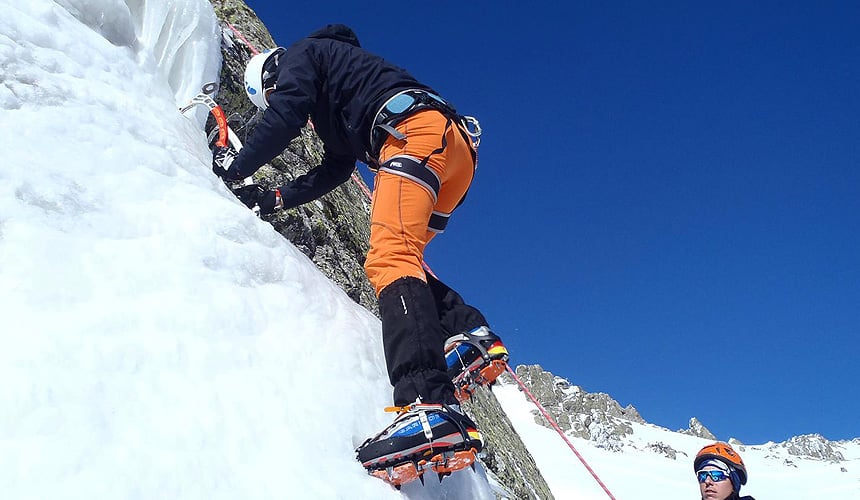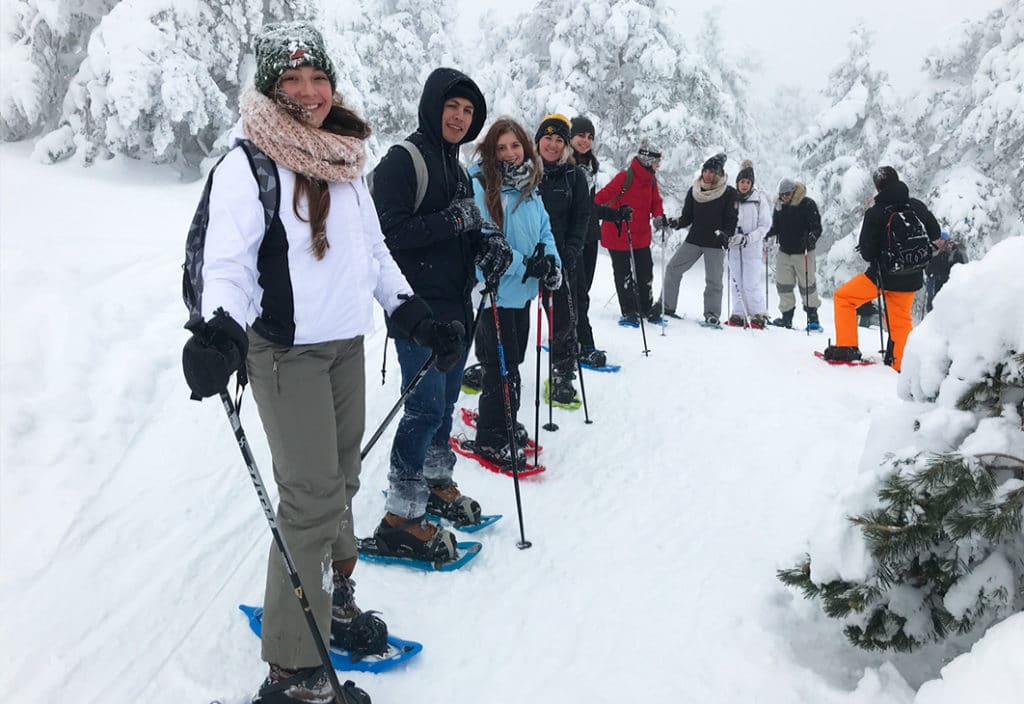
10 Essential Winter Mountain Safety Tips
“Winter Mountain Sports Safety: Recognizing Risks. A Top 10 Guide”.
Venturing into the winter mountains for activities like mountaineering, alpinism, skiing, snowboarding, snowshoeing, and skimo brings exhilaration but demands respect for the inherent risks. Understanding and mitigating these risks is paramount for a safe and enjoyable experience. Here’s a concise guide to the top 10 winter risks you should be aware of in these adrenaline-pumping pursuits:
1.Avalanches:
Be vigilant in avalanche-prone areas and equip yourself with proper safety gear.
2.Extreme Weather:
Prepare for sudden weather changes, including storms and freezing conditions.
3.Snow Conditions:
Adapt to variable snow quality, from icy surfaces to challenging deep powder.
4.Altitude Challenges:
Recognize and address altitude-related risks, such as altitude sickness symptoms.

5.Equipment Failure:
Regularly check and maintain gear to prevent malfunctions during critical moments.
6.Terrain Hazards:Navigate cautiously, mindful of uneven terrain, hidden obstacles, and cliffs.

7. Limited Visibility:Develop strategies for fog, heavy snowfall, or low light situations affecting visibility.
8.Isolation and Emergency Access:
Understand the challenges of remote locations and plan for emergency scenarios.
9.Inadequate Clothing:
Guard against extreme cold by wearing appropriate clothing to prevent cold-related illnesses.
10.Group Dynamics and Decision-Making:
Foster clear communication and sound decision-making within your group to enhance safety.

Essential Winter Mountain Safety Tips: Stay Safe on the Mountains During Winter
Winter in the mountains can offer stunning scenery and exciting adventures, but it also presents significant risks. To enjoy your experience safely, it’s crucial to follow certain safety tips. In this article, we provide you with **the best essential winter mountain safety tips**, ranging from proper preparation to how to react in emergency situations. Learn about the importance of proper equipment, how to cope with extreme conditions, and what to do to prevent accidents while exploring the snowy mountains. Follow these **winter mountain safety tips** and ensure an unparalleled and safe experience in nature.
Always practice Leave No Trace ethics on your climbs, hikes and adventures. Be aware of local regulations and don’t damage natural parks and wilderness.
DREAMPEAKS: HIKING IN MADRID. ADVENTURE TOURS AND OUTDOOR ACTIVITIES IN MADRID, SPAIN.
Text by Gabriel Blanco. AEGM-UIMLA- Mountain Guide.
